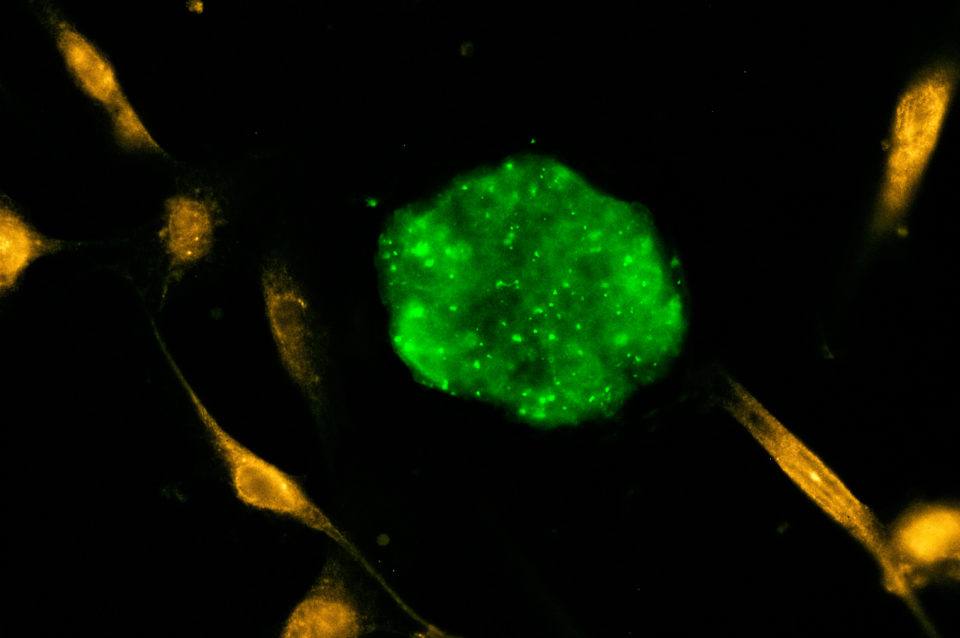
According to researchers led by Pier Mannuccio Mannucci, the data on rates of bleeding outcomes in patients with congenital hemophilia A without inhibitors on factor VIII (FVIII) replacement agents are unclear. Mannucci and colleagues performed a systematic review and meta-analysis on FVIII-containing products as a prophylactic treatment in hemophilia A without inhibitors.
Their report, published in Haemophilia, concluded that patients with hemophilia A without inhibitors on FVIII treatments still experience bleeding outcomes, and that alternative treatments not based on factor products or gene therapies are needed for this population.
Mannucci and colleagues also suggested “it would be beneficial to standardize the measures used in assessing bleed rates across trials to enable accurate comparisons to be made between different treatments, especially as new therapies become more prevalent.”
Unacceptable Outcomes for Congenital Hemophilia A
The investigators reviewed 5548 online records and enrolled 58 reports in the meta-analysis, of which 48 were interventional and 10 were observational. Authors calculated the pooled estimated mean annualized bleeding rate (ABR), annualized joint bleeding rate (AJBR), and proportion of patients with zero bleeding events by trial type.
|
|
ABR |
ABJR |
Zero bleeding events |
| Interventional | 3.4 (95% CI, 3.0-3.7) | 2.0 (95% CI, 1.6-2.5) | 38.5% (95% CI, 33.1-43.9) |
| Observational | 4.8 (95% CI, 4.0-5.5) | 2.6 (95% CI, 2.1-3.2) |
21.8% (95% CI, 19.9-47.5) |
The study’s authors theorized the improved results seen in clinical trials might be explained by improved compliance due to greater physician oversight or enrollment bias. They suggested the outcomes reported in clinical trials may not be achievable in diverse real-world patients with congenital hemophilia A without inhibitors.
Additionally, there was a large variation in mean effect sizes reported for ABR, AJBR, and proportion of patients with zero bleeding events between patient populations and subgroups. The report noted there was potential reporting bias for ABR and ABJR data in both interventional and observational studies.
Mannucci and colleagues felt there was an unmet need for alternative treatment options in patients with congenital hemophilia A without inhibitors on FVIII therapies and suggested their analysis identified “inconsistencies and flaws in how bleed data are currently gathered and calculated.”
Related: Simoctocog Alfa Effective as First Treatment for Hemophilia A







 © 2025 Mashup Media, LLC, a Formedics Property. All Rights Reserved.
© 2025 Mashup Media, LLC, a Formedics Property. All Rights Reserved.